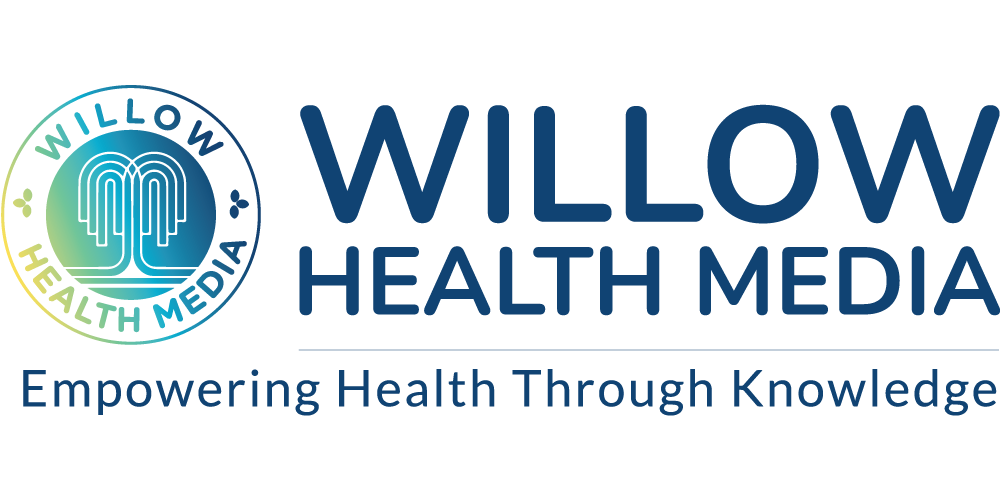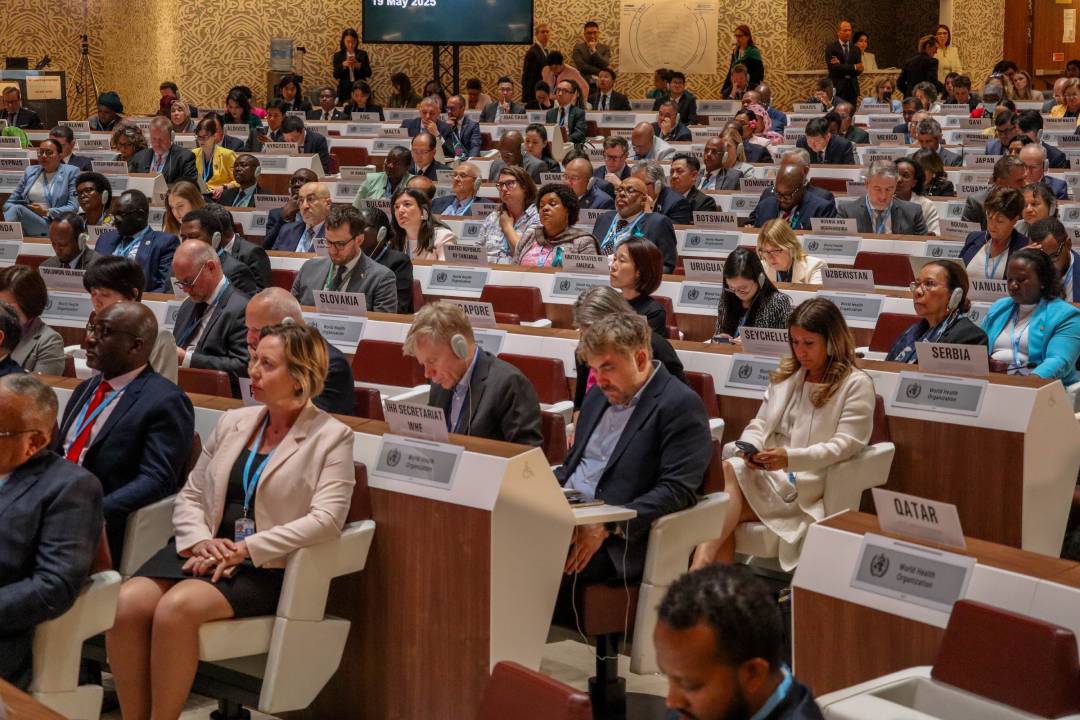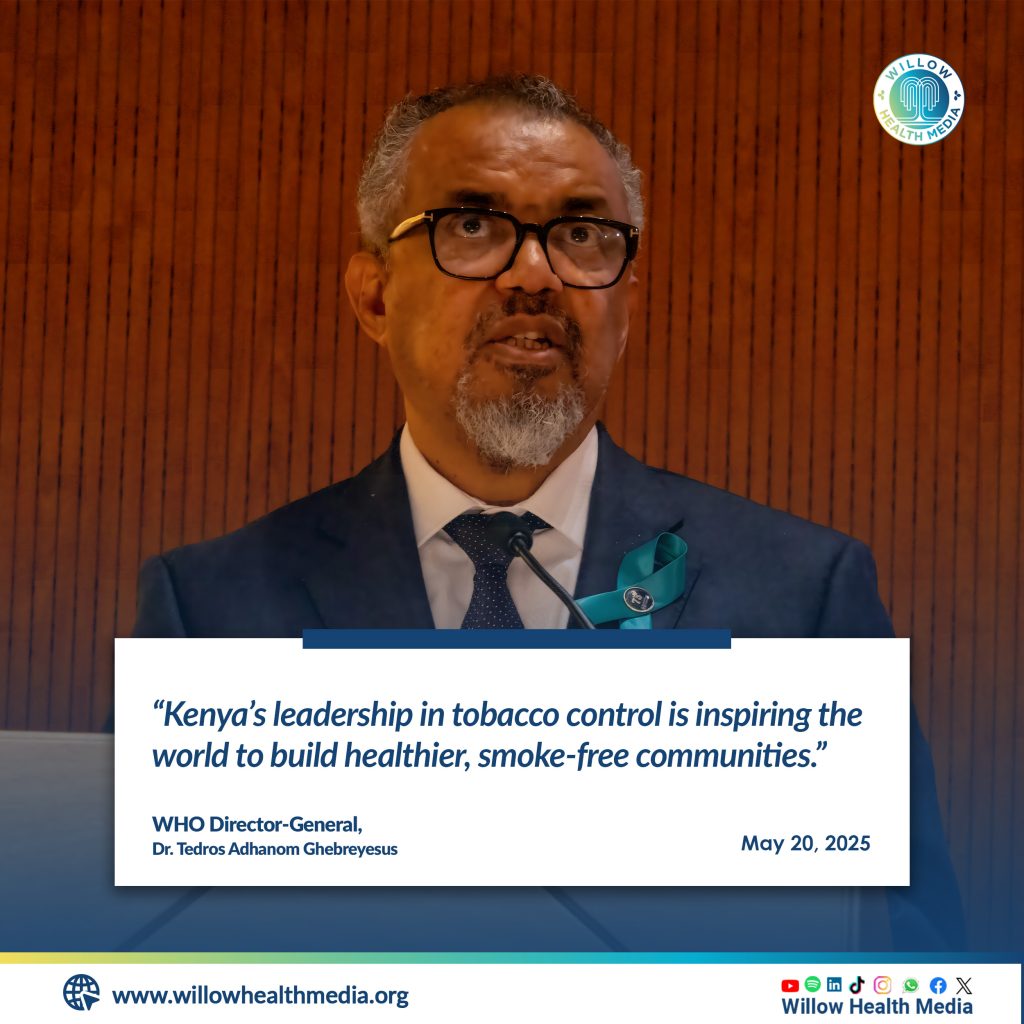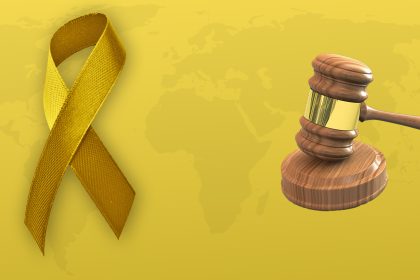After years of back-and-forth sparked by Covid-19, the first global blueprint to fix the cracks, the chaos, the cruel divide during future medical scares.
World Health Organization (WHO) member states gathered at the 78th World Health Assembly in Geneva have today (May 20, 2025) adopted the Pandemic Accord, in a historic resolution that is expected to direct how the world will prepare, prevent and respond to future pandemics.
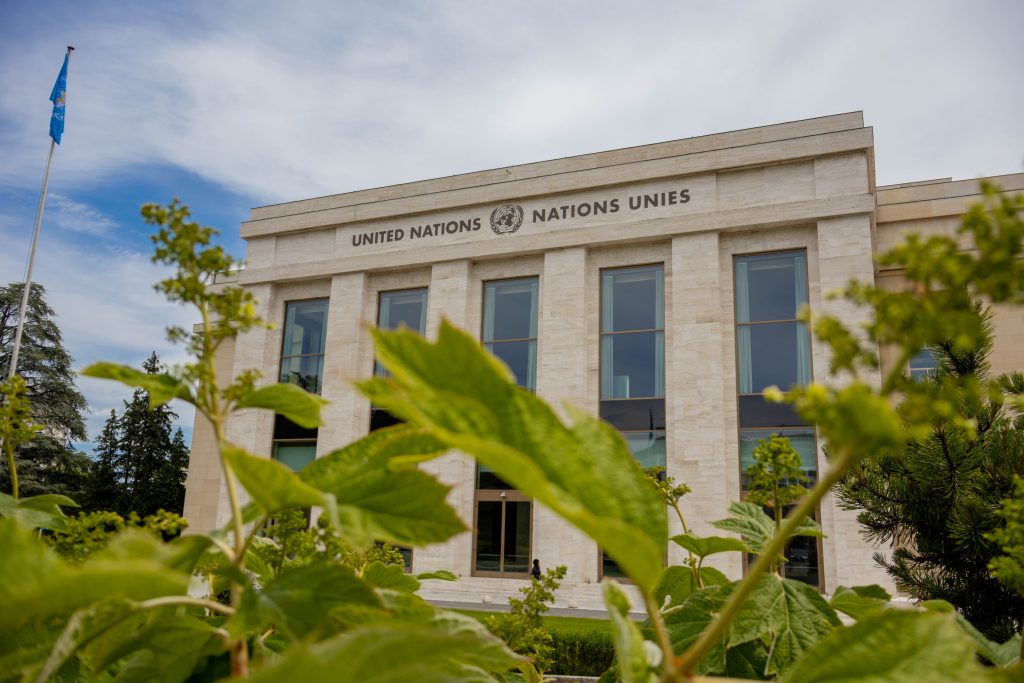
Delegates at the World Health Assembly (WHA) clapped and cheered as Dr Teodoro Herbosa, Secretary of the Philippines Department of Health and President of this year’s World Health Assembly, announced adoption of the Agreement, describing it as a “historic moment”.
Dr Tedros Adhanom Ghebreyesus, WHO Director-General, said adoption of the Agreement is a victory for public health, science and multilateral action that will ensure the world can be better protected from future pandemics.
“It is also a recognition by the international community that our citizens, societies and economies must not be left vulnerable to again suffer losses like those endured during Covid-19,” said Tedros.
The Agreement is the world’s first to address gaps and inequities in pandemic crises
While congratulating member states for their cooperation in creating and adopting the Agreement in an intensive three-year process, Tedros said “The world is safer today thanks to the leadership, collaboration and commitment of our member states to adopt the historic WHO Pandemic Agreement.”
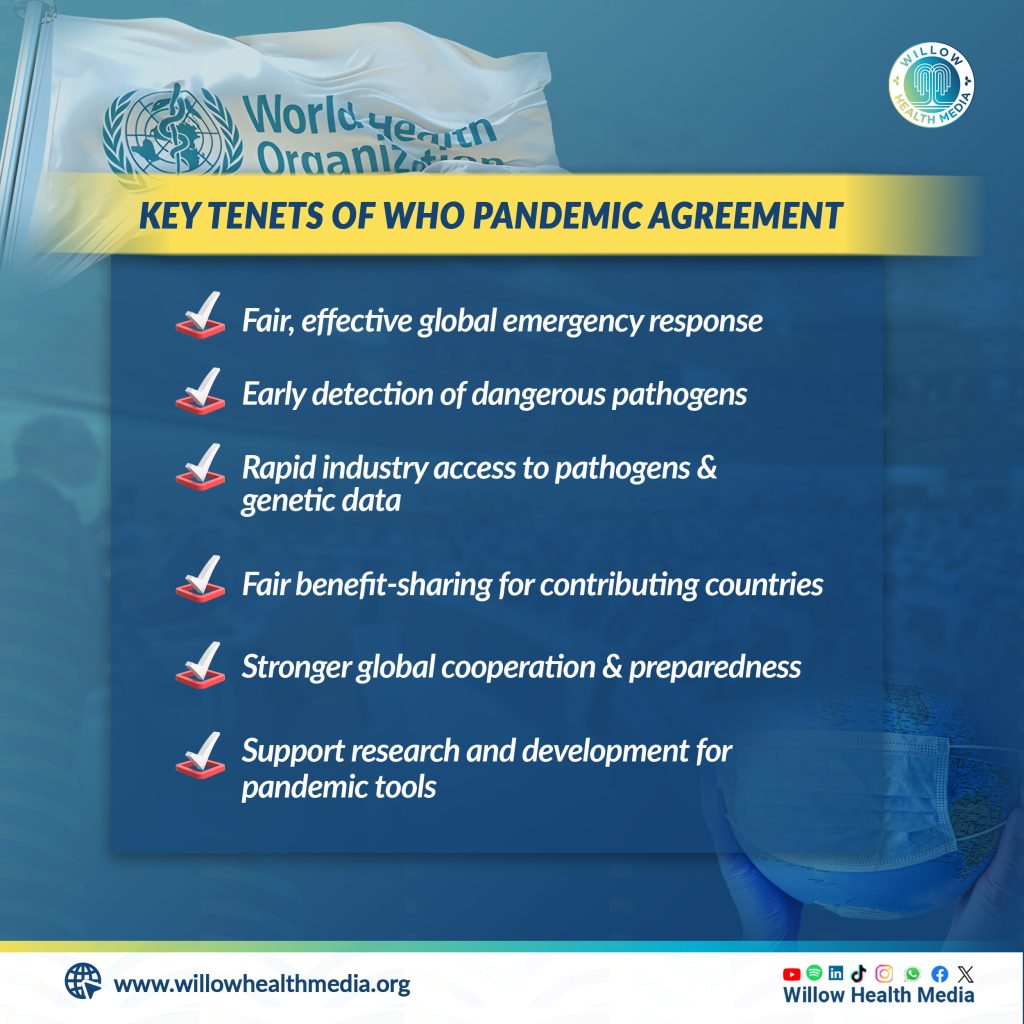
The Agreement, which has been under deliberation since the Covid-19 pandemic shook the world over five years ago, is the world’s first such accord to address the gaps and inequities in pandemic crises. It was drafted by the Intergovernmental Negotiating Body and was adopted by world governments under Article 19 of the WHO Constitution.
“Their work to develop this global accord will ensure countries work better, faster and more equitably together to prevent and respond to the next pandemic threat,” said Tedros.
The Agreement, approved yesterday by a vote of 124 member states with none opposing and 11 absent, aims to bring countries, global organizations, civil society, the private sector, and health stakeholders together to work more closely in preventing future pandemics and responding more effectively if they do happen.
The US will not be bound by the pact after Donald Trump’s withdrawal from WHO
Among countries that were absent from the vote were Russia, Italy, Slovakia, Poland, Israel and Iran. Notably, the United States will not be bound by this Agreement following withdrawal of its membership to the WHO by President Donald Trump when he took over office earlier this year.
The Covid-19 pandemic, which began in Wuhan, China in December 2019 and quickly spread across Asia and the world by early 2020, was declared a global health emergency by WHO in January and a pandemic by March 11, catching many countries unprepared and causing massive health crises, overwhelmed hospitals, over seven million deaths, and widespread economic collapse and financial hardship before the pandemic status was lifted in 2023.
The Pandemic Agreement will officially be in force after 60 ratifications
Following the adoption of the Pandemic Agreement on 20 May 2025 at the World Health Assembly, WHO’s decision-making body has outlined key next steps.
It will begin by launching a process to draft and negotiate an annexe through an Intergovernmental Working Group.
This annexe will establish a Pathogen Access and Benefit Sharing (PABS) system. If approved at next year’s Assembly, the Agreement will be opened for signature and potential ratification by national legislatures.
It will come into force after 60 ratifications. Under the Agreement, participating pharmaceutical companies will be required to ensure fair and timely access to vaccines, treatments, and tests during a pandemic, especially for low-income and developing countries, based on public health risk and need.
